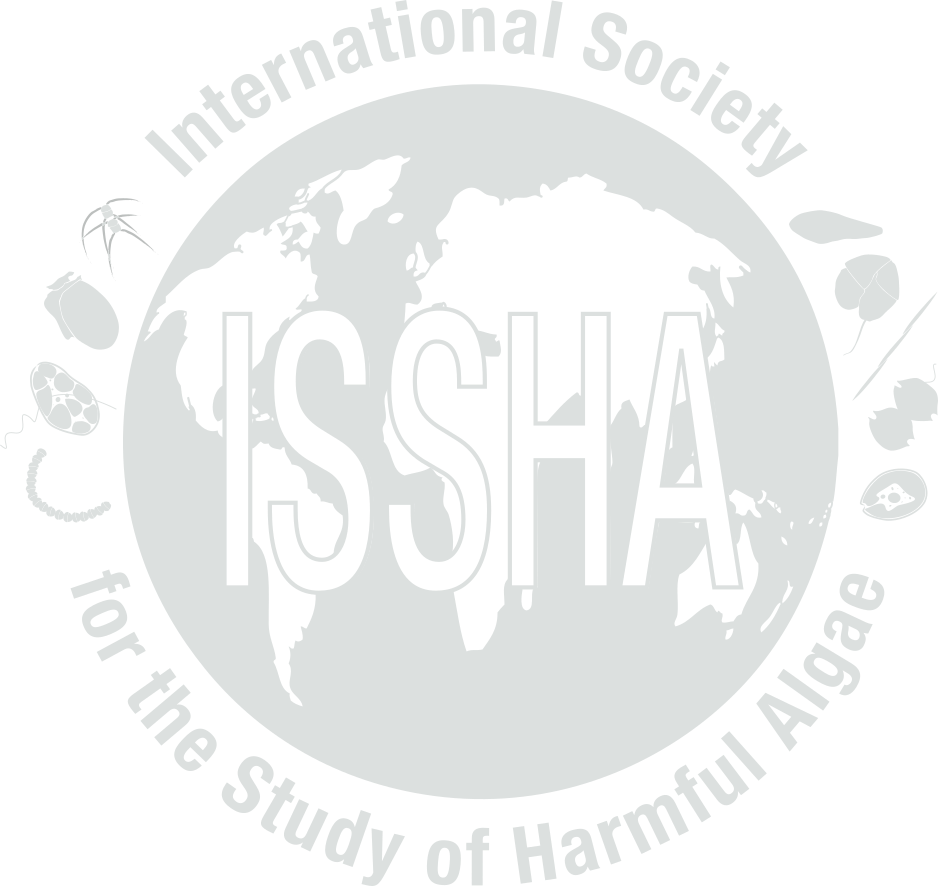


| Event name: | US-89-014 | |
| Country: | UNITED STATES | |
|
Nature of the harmful event: |
Seafood toxins | |
|
Event directly affected: |
||
| Toxicity detected: | Yes | |
| Associated syndrome: | PSP | |
| Unexplained toxicity: | No | |
| Species implicated in toxin transmission (transvector): | ||
| Report the outcome of a monitoring programme: | Yes | |
| Event occurred before in this location: | Yes (1970, 1971, 1983.) | |
| Individuals to contact: | ROSS, Maria R. | |
| Location: | Latitude: , Longitude: | |
| General location information: |
San Mateo County., California. HAB Area code(s): US-20 |
|
| Additional location information: | Areas affected: Linda Mar, Moss Beach, Pescadero State Beach, Tunitas Creek. | |
| Bloom event dates (yyyy/mm/dd): | ||
| Quarantine levels dates (yyyy/mm/dd): | ||
| Additional date-related information: | mid August- November | |
| Causative organism known: | Yes | |
| Causative Species/Genus: |
Protogonyaulax catenella
( cells/L)
|
|
| Co-Ocurring Species/Genus: | ||
| Chlorophyll concentration, if known: | µg/l | |
| Additional bloom information: | ||
| Event-related bibliography: | ||
|
||||||||||||||||||||||||||
| Nutrient information: | ||||||||||||||||||||||||||
| Temperature Range During Event: | Max: °C, Min: °C | |||||||||||||||||||||||||
| Salinity Range During Event: | ||||||||||||||||||||||||||
| Bloom location in the water column: | ||||||||||||||||||||||||||
| Growth: | ||||||||||||||||||||||||||
| Growth Comments | In all likelyhood this appears to be in situ growth. | |||||||||||||||||||||||||
| Additional Environmental information: | No data is available | |||||||||||||||||||||||||
|
|||||||
| Kit used: No | Type of kit used: | ||||||
| Additional information: | |||||||
| Economic losses: | |||||||
| Management decision: | Annual mussel quarantine was extended beyond the Oct. 31 deadline. Public PSP alert was issued confirming a potentially dangerous widespread toxic dinoflagellate bloom in progress. | ||||||
| Additional harmful effect information: | Paralytic toxin levels in wild sea mussels assayed at 800 µg/100 gr although the concentration decreased with time it remained above the alert level through November. | ||||||
